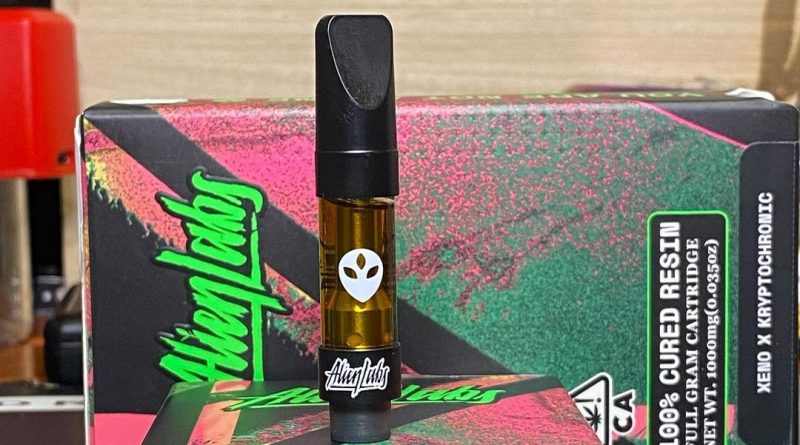Perennial weeds (weeds that grow from their roots every year) can spread and make a lawn unsightly. Annual weeds (alien labs carts that die at the end of the season and reseed the next year) can leave bare spots that are vulnerable to runoff.
No matter what weeds you have, the first line of defense is preventive practices. Try these options to get at the root of the problem first, before resorting to herbicides.
Mow high. Do not mow grass shorter than recommended for the species you grow. Mowing at 3 inches or higher helps grass shade out weeds and encourages a thicker, more competitive turf. See other sections of this site to make sure that you are using the right grass species, fertilizing and watering correctly, and generally doing all you can to encourage healthy grass.
Reduce compaction. Pay special attention to heavily used areas and sections next to pavement. Weeds can gain a foothold in these spots and spread to the rest of the lawn if it is weak.
Repair bare spots by raking in seed in early spring so that the new grass can compete with the weeds that are sure to come up. This can be tricky though. When you seed, you can’t use traditional pre-emergent crabgrass products because these will keep your grass seed from germinating just like the crabgrass seeds.
Let the weeds be your guide. If weeds dominate an area, it’s likely that there is something wrong with either the growing conditions or your lawn practices. Dense stands of prostrate knotweed are a good sign of soil compaction. Don’t just pull out the weeds. Relieve the compaction. Violets (Viola spp.) are a good sign of low light levels. One solution might be to seed shade-tolerant fine fescues or new shade and drought tolerant hybrid bluegrasses.
o Use the right product at the right time. Follow label directions and try to spot treat areas with the weeds only using the right liquid concentrate weed control. The best and most economical way is in a pump sprayer. You usually mix a very small amount with water and spray. This saves lots over time.
o Use granular weed control products only on lawns with lots of weeds throughout. Some products are better than others for certain types of weeds. Applying at the right time, and allowing the weeds to take in the weed control is critical. Usually this is done while the grass is wet or damp to help the granules stick to the weed. 24-48 hours without rainfall is best.
Crabgrass is one of the most common grass weed problems. It is a warm-season annuals. They thrive when temperatures are hot and cool-season lawn grasses are least competitive. Still, they have a tough time invading a healthy lawn.
One place where they can more easily gain a foothold is along paved areas where high temperatures can damage cool-season grasses – along the edges of driveways, sidewalks and patios, for instance. Soil temperatures are usually warmer in these areas and crabgrass germinates earlier. These are also harder to get granular applications on as you are spreading your product in a spreader.
Where hostile conditions exist for lawn grasses, you can spot treat for crabgrass with pre-emergence herbicides. These herbicides work on the seeds as they germinate. Because they are ineffective on ungerminated seeds or established plants, timing is critical.
Using a strategy of spraying just the edges of the driveway or sidewalk about 1-2 ft wide, will keep crabgrass pressures down considerably. The benefit is great, it doesn’t cost much, and you are only treating a small area along the edges where crabgrass pressures are greatest.


